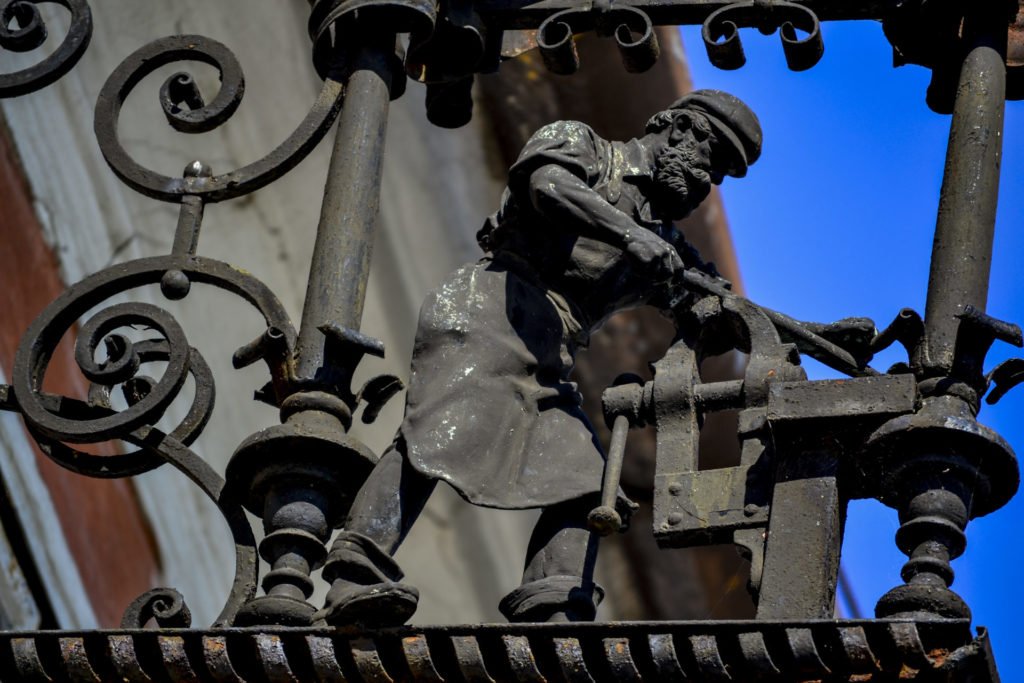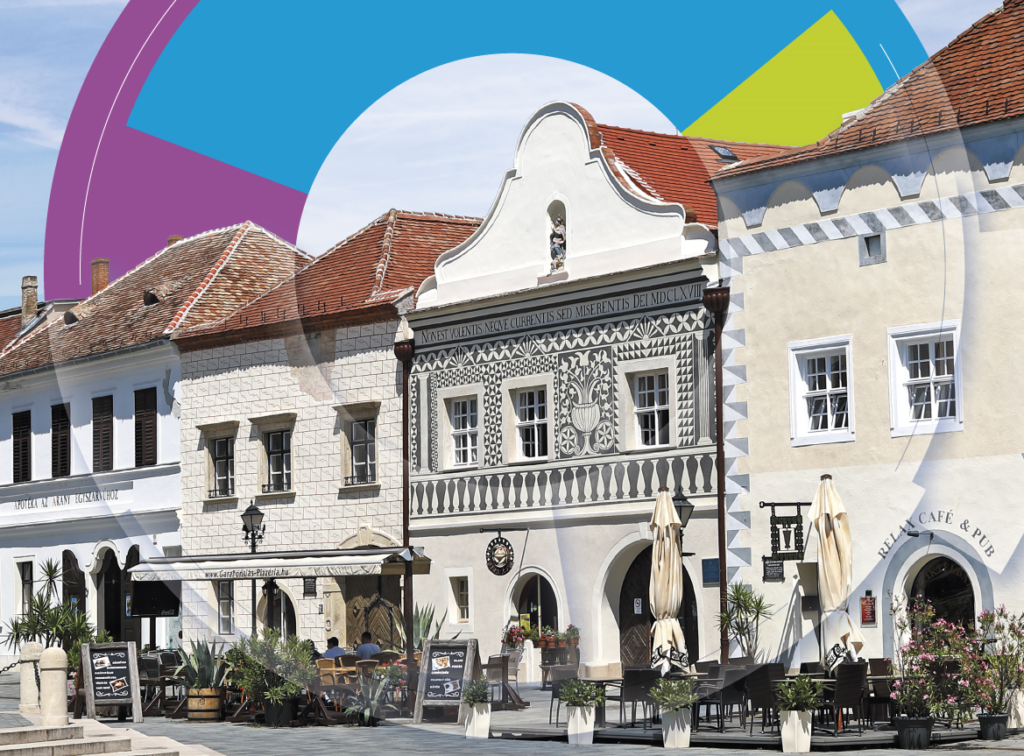Research & Studies


iASK Newsletter 2020/I
Roundtable Discussion on the Political Role of Central Europe at the Hungarian Academy of Sciences
One of the major research projects of the Institute of Advanced Study Kőszeg (IASK) focuses on the problems of Central Europe: Central Europe as an analytical concept and as political reality. The Institute has recently published the Hungarian version of a book, re-written after 30 years of the original work on the region by the distinguished Austrian scholars and politicians, Emil Brix and Erhard Busek. Soon forthcoming is a work by three Hungarian social scientists: Iván Bába, Iván Gyurcsík and Csaba Kiss Gy. entitled: Central Europe Seen with Visegrád Eyes. These two publications will be discussed at a round table co-organized by iASK and the Hungarian Council of the European Movement and will be moderated by the director of iASK) Ferenc Miszlivetz. Participants, in addition to the authors, include Catherine Horel (Sorbonne) and Pál Hatos National University of Public Service in Budapest).

Date: 12 February 2020 4 p.m.
Venue: Budapest H-1051 Széchenyi tér 9. HAS Main Building 1st floor – Lecture Hall
More information: https://iask.hu/central-europe-2020-and-beyond-reflections-on-the-book-by-emil-brix-and-erhard-busek-central-europe-revisited/
2nd UNESCO MOST Winter School at iASK
The increasing complexity of global politics speeds up social transformation around the world. The tension between rapid changes and established beliefs and norms among citizens shakes mutual and institutional trust. Whether supra-national entities and global caretaker organizations or returning to national political solutions can better address these issues will be tackled by this year’s UNESCO MOST Winter School.
The School at iASK poses the questions: Why do we see the rise of post-liberal regimes? What impact does this have on institutional trust at the local, national, and supranational level? Is this merely a temporary global ‘glitch’ that will weaken over time as new challenges emerge?
With lectures and presentations by experienced academic researchers, activists and public officials with a broad horizon, the aim is to open discussions on visions for the establishment and re-establishment of trust on various levels of global, regional and lower levels of governance and politics.
MOST Schools are capacity-building activities focused on strengthening competencies for evidence-informed decision-making. They help develop the capacity of researchers and decision-makers to translate knowledge into action. Their primary goal is to support long-term sustainable development in contexts where capacity gaps constrain translating research into action.

Date: 24-28 February 2020
Venue: Kőszeg H-9730 Chernel st. 14-16 – Institute of Advanced Studies Kőszeg
More information: https://iask.hu/call-for-applications-2nd-unesco-most-winter-school-24-28-february-2020-at-iask/
Small Town Stories
The second volume of ‘Stories of Kőszeg’will be published by the Institute for Advanced Studies, Kőszeg in April 2020.
One of the key tasks of iASK is to rejuvenate the thinking on cultural heritage and to present it in line with 21st century social expectations and technical demands. The first visible result of this approach was the Talking Houses Project and the associated website, www.talkinghouseseurope.com. The first volumes of the Talking Houses series, including ‘Stories of Kőszeg’, came out in 2019.
The series looks at urban stories in a non-traditional manner: it relays the ‘spirit of the place’ through personal destinies and the life-story of buildings. Individual local community histories thus become a tangible part of the overall identity of the town and help process the memories of the drama and violence of the 20th-century. The editors impart histories relevant to the contemporary interest and develop new methods of portraying a comprehensive landscape of cultural heritage (history, art history, music, literature, science). In this approach, cultural heritage is a multi- or interdisciplinary concept which strives to offer a complex experience unique to both locals and visitors.
The next volume in the Talking Houses Project, ‘Stories of Keszthely’ is expected to hit the market in fall, 2020.

Date: 23-26 April 2020
Venue: International Book Festival Budapest 2020 – H-1024 Budapest, Kis Rókus st. 16–20. Millenáris B. building 18. desk
More information: https://iask.hu/koszegi-tortenetek/
KRAFT-methodology supports the realization of the Veszprém and Lake Balaton region’s European Capital of Culture 2023 project
What will be the future of regions? Mainstream researchers considers regions viable as they are:
The KRAFT-methodology helps regions to identify those components which would be developed in order to enhance their viability “setting”. The title European Capital of Culture 2023 has been awarded to Veszprém and the Lake Balaton region, in which the methodology would be influential developing such regional strategy which lasts even after the projects’ realization.

More information: https://iask.hu/kraft-centre/
© 2017-2023, All Rights Reserved